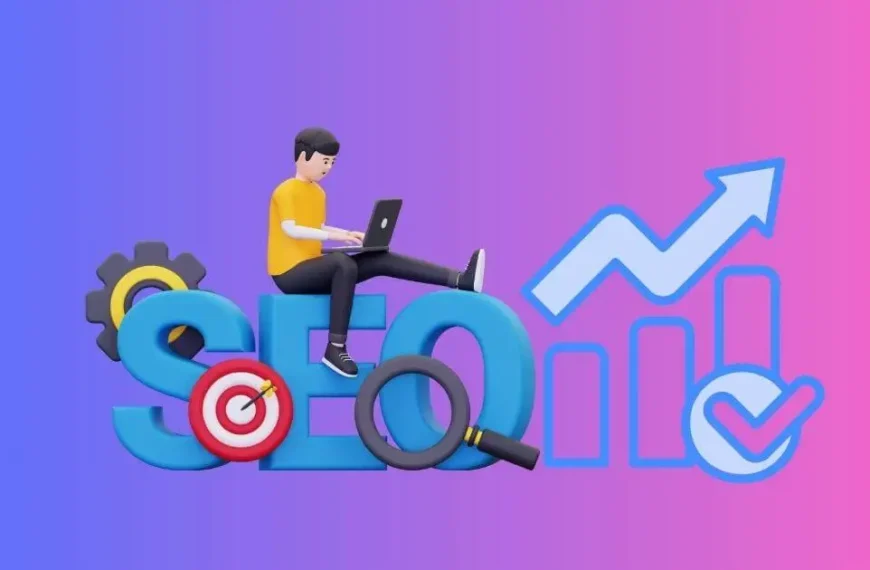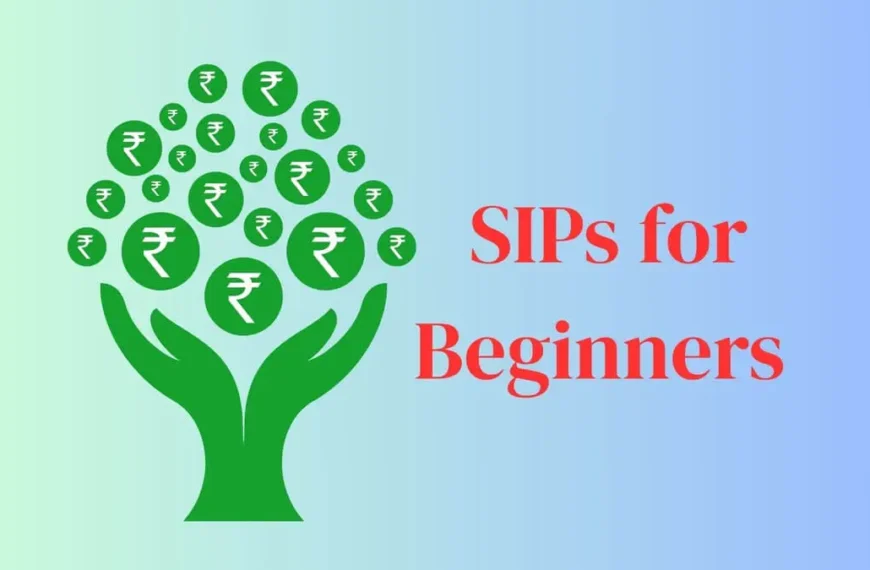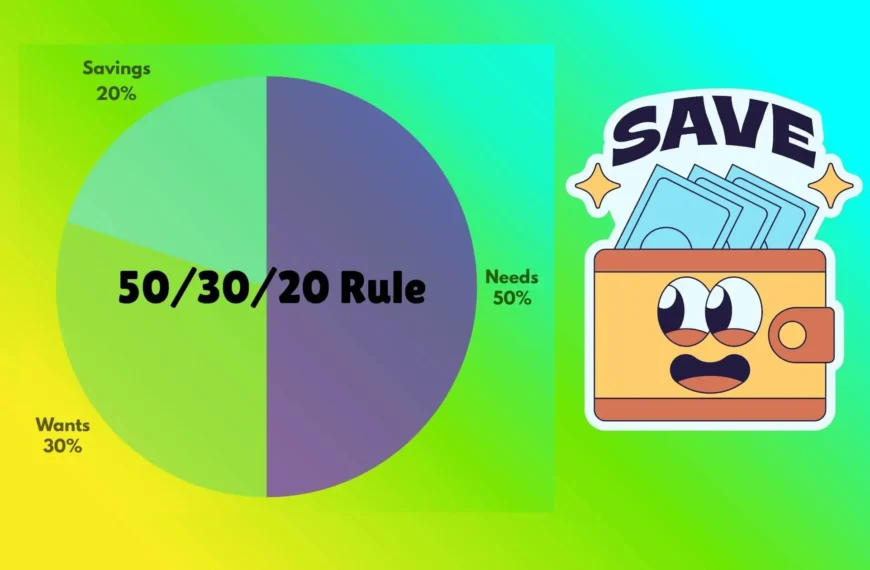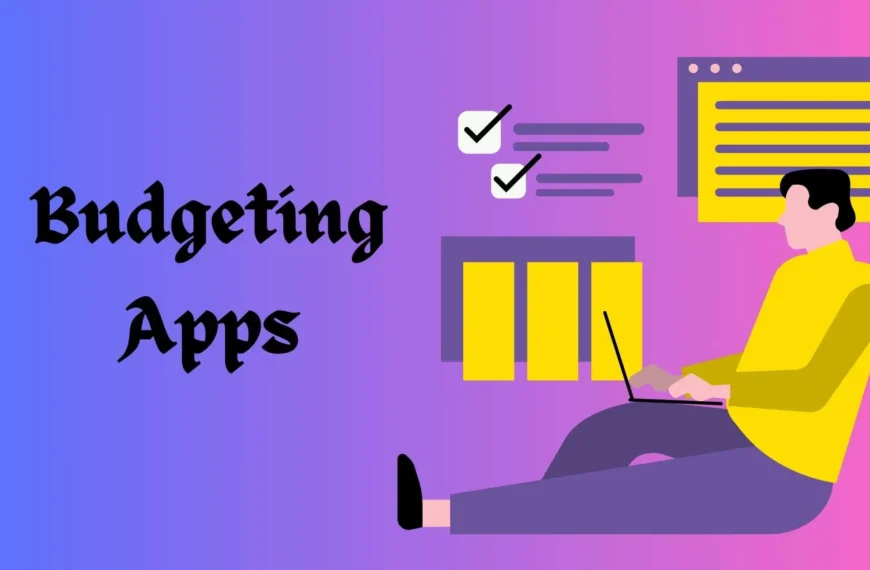Whenever a new blogger launched a shiny new website and also picked a killer domain name, installed a slick theme, and added an attractive logo. But still asks three major questions to himself.
1. Where are the people?
2. Where are the page views?
3. Where’s the traffic?
If you are also feeling the same, then welcome to the club. Every Indian entrepreneur, blogger, or small business owner has asked the same question:
“Now that my site is live, how do I get people to find it?”
That, my friend, is where SEO for a new website comes in.
Whether you’re starting a blog, launching a startup, or building a portfolio, this step-by-step guide will walk you through everything you need to rank your site, written just for Indian users, by someone who’s made all the newbie mistakes (so you don’t have to).
Your Website Lifeline SEO
It is the process of making your website visible on Google (and other search engines). Without SEO, your website is just floating on the internet, unseen.
With SEO, it becomes a magnet for free, organic traffic.
And let’s be real, ads are expensive. SEO is your long-term, budget-friendly bestie.
SEO Challenges in India
India’s online audience is diverse, growing, and mostly young. So your SEO strategy must keep that in mind.
- Language diversity: People search in Hindi, Tamil, Bengali, and Hinglish too!
- Mobile-first indexing: Over 75% of Indian traffic comes from phones.
- Intent mismatch: Someone searching “free job alert” in Delhi may expect something very different from someone in Chennai.
Step-by-Step SEO for a New Website
Step 1: Keyword Research – Speak Your Audience’s Language
The first rule of SEO club? If you want to rank and work on SEO for a new website. Don’t write for Google. Write for people who use Google.
What to Do:
- You can use tools like SEMrush, Google Keyword Planner, or Ahrefs.
- Try to find long-tail keywords because they’re less competitive and more specific.
For Example, you can use keywords like “SEO for a new website in India” and “How to rank a blog on Google 2025” in place of “SEO”
These are easier to rank and match real user intent.
Pro Tip:
Check out People Also Ask and Google’s auto-suggestions. They’re goldmines for real user queries.
Step 2: Set Up Your Site Properly
Your website is a place where you live online. Make certain the base is strong enough.
Checklist For Basic Setup
- Use an SEO-friendly theme
- Install Rank Math or Yoast SEO plugin
- Submit your Site to Google Search Console
- Set clean URLs like /seo-tips-for-beginners/
- Create core pages: Home, About, Contact, Privacy Policy, Terms & Conditions
Mobile Optimization:
It is essential to use a highly mobile-optimized website for mobile users. With most Indian users browsing on 4G (and sometimes 5G), a fast-loading, mobile-optimization site is most important. Use Google’s Mobile-Friendly Test to check your website speed.
Step 3: Write Good Quality Content
As we all know, “content is the king”. This is where most people make mistakes. They stuff keywords, write robotic text, and hope for the best. Use these content tips to make your content helpful, humanize, and relevant.
- Talk like a human. Use humor, emotions, even your mom’s budget tips if it fits.
- Use short paragraphs, headings, and bullet points.
- Add FAQs, real-life examples, and personal insights.
- Target PAN India by using local references when needed.
Example: “Doing SEO without keyword research is like shopping on Flipkart during Big Billion Days… without checking the discounts.”
Step 4: On-Page SEO – Polish the Page
Once your content is ready, it’s time to optimize it for both search engines and your readers.
- Title Tag: This is the part that you can click on in Google’s search results. Your main term should be right at the start of the page so that both Google and people who visit it can understand what it’s about.
- Meta Description: This is just under your title in search results. Keep it under 155 characters and include your keyword.
- Heading Tags: Use your keyword organically in your main heading H1 and strategically in subheadings H2, H3. This will not only help Google crawl your material more effectively, but it will also be simpler for people to understand.
- Internal Linking: links a new page to other related blog articles or pages on your site. This keeps people on your website for a longer time.
- External Links: Add a few links to authoritative websites, such as government sites, Wikipedia, etc.
- Image Alt Tags: Use an alt tag for every image. Google needs to search for images.
- URL Structure: Keep URLs short, clean, and keyword-rich. Don’t use unclean URLs.
Step 5: Technical SEO
It’s also a big part of your SEO. This is something that new writers often forget, but it’s very important.
Must-Do Technical SEO Tasks for a New Website
It’s time to work on the technical side of SEO once your theme and content are set. Think of this as the “engine” of your website. If it’s not going easily, your site won’t go far in Google results.
These are the things that every new website owner needs to do:
The SSL certificate: Secure your website with HTTPS. It not only protects user data but also boosts trust and rankings, especially important if you’re collecting user info or selling products.
XML Sitemap: Make an XML sitemap and send it to Google Search Console. In this way, search engines can better find and crawl your pages.
Robots.txt File: This small but powerful file guides search engines on page crawling. Check to see if you’re blocking any important pages by chance.
Schema markup to add organized data to your site, such as article, faq, and breadcrumbs data. It helps Google understand what you’re writing and might make it more likely that your content will show up as rich snippets.
Some tools to check your website’s technical issues:
- Google Search Console: Your direct line to Google. It helps you track indexing status, keyword performance, page errors, and more.
- Screaming Frog: This is a powerful tool used to crawl your site like a search engine would. Useful for finding broken links, duplicate content, or crawl issues.
- PageSpeed Insights: It checks how fast your website loads and gives you actionable suggestions to improve performance, especially important for mobile data users.
Step 6: Publish Content And Request Indexing
This is the final step, and now that your content is polished and optimized. It is time to let Google know it exists.
Here’s how you do it:
- Head over to Google Search Console (if you haven’t connected your site yet, do that first).
- Paste your new blog post’s URL into the “Inspect URL” bar at the top.
- Click on “Request Indexing”.
This simple action tells Google, “Hey! I’ve published something new. Please come crawl and index it.”
This won’t guarantee instant ranking, but it speeds up the process of getting your page discovered, especially helpful for new websites trying to get noticed.
Step 7: Promote Post
- WhatsApp groups
- LinkedIn & Twitter
- Facebook groups relevant to your niche
- Business listing sites
Also, consider writing guest posts or doing link swaps with other new bloggers.
Common SEO Mistakes Beginners in India Make
- Targeting global keywords – You’re competing with giants. Go local first.
- Not optimizing for mobile – India is mobile-first, always.
- Ignoring content quality – AI tools help, but human touch wins.
- Skipping technical basics – Don’t be lazy about sitemap, SSL, or Search Console.
Your SEO Roadmap
- Do keyword research
- Set up your site structure.
- Create helpful, people-first content.
- Polish with on-page SEO
- Take care of technical SEO
- Promote like your life depends on it
- Track progress and stay patient
Final Thoughts
Doing SEO for a new website in India is not an easy task. You need to write consistent content with proper on-page and off-page activities, and after some time, you will find that you’ll enjoy the rewards in a few months. Once your pages start ranking, the traffic flows in on autopilot. Beginners can start earning without worry. No need to burn money on ads or chase people around social media.











